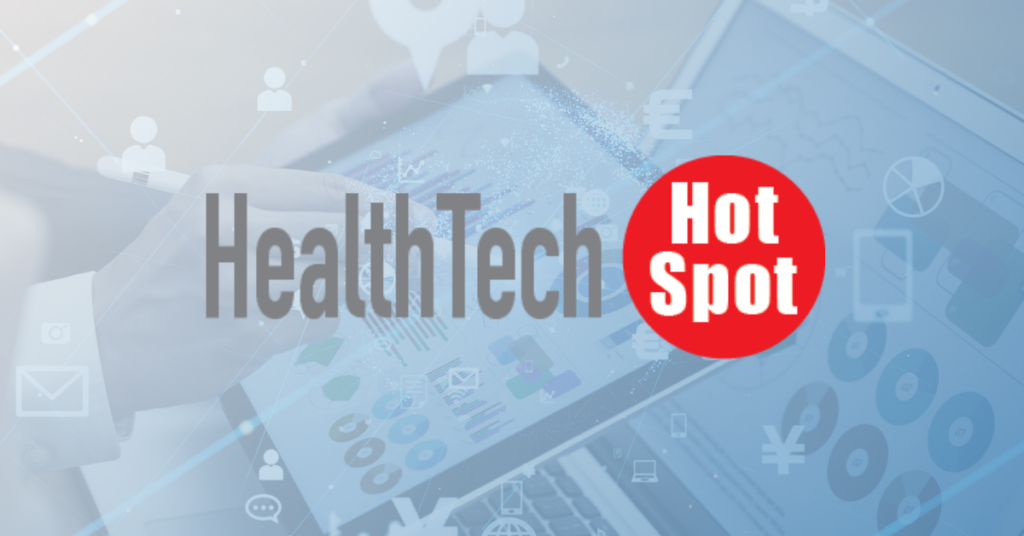
Combating physician burnout is a long-standing challenge in the healthcare industry, but the struggle has reached new heights in the wake of COVID-19. According to a recent study by Medscape, only 49% of physicians reported being happy in 2020 — a 20% drop from the year before. Critical care physicians, arguably the hardest hit by the pandemic, had a burnout rate of 51%.
It might be tempting to write off this high number as a spike caused solely by the pandemic, but that would ignore the underlying, long-term problem. That same report noted that bureaucratic tasks and long work hours were the two most cited reasons for burnout — both factors that existed long before the pandemic and will exist long after it.
The problem doesn’t just affect healthcare professionals. Patients who need more attention often don’t get it, while those who can be treated quickly and efficiently are stuck waiting for appointments or dealing with bureaucratic tasks on their own. COVID-19 has simply exacerbated a problem that was already there.
It hasn’t been all bad, though. The rise of telehealth necessitated by the pandemic has forced healthcare organizations to reconsider how they handle patient interactions while seeking new paths forward. Perhaps the most promising outcome is the application of machine learning in healthcare. This technology can push the future of healthcare to new heights by focusing on speed, accuracy, and instant access to information. In the process, it can minimize patient frustration and improve patient interactions.
By: T. Scott Law Sr. – Zotec Partners, Founder & CEO
Read the complete article on healthtechhotspot.com